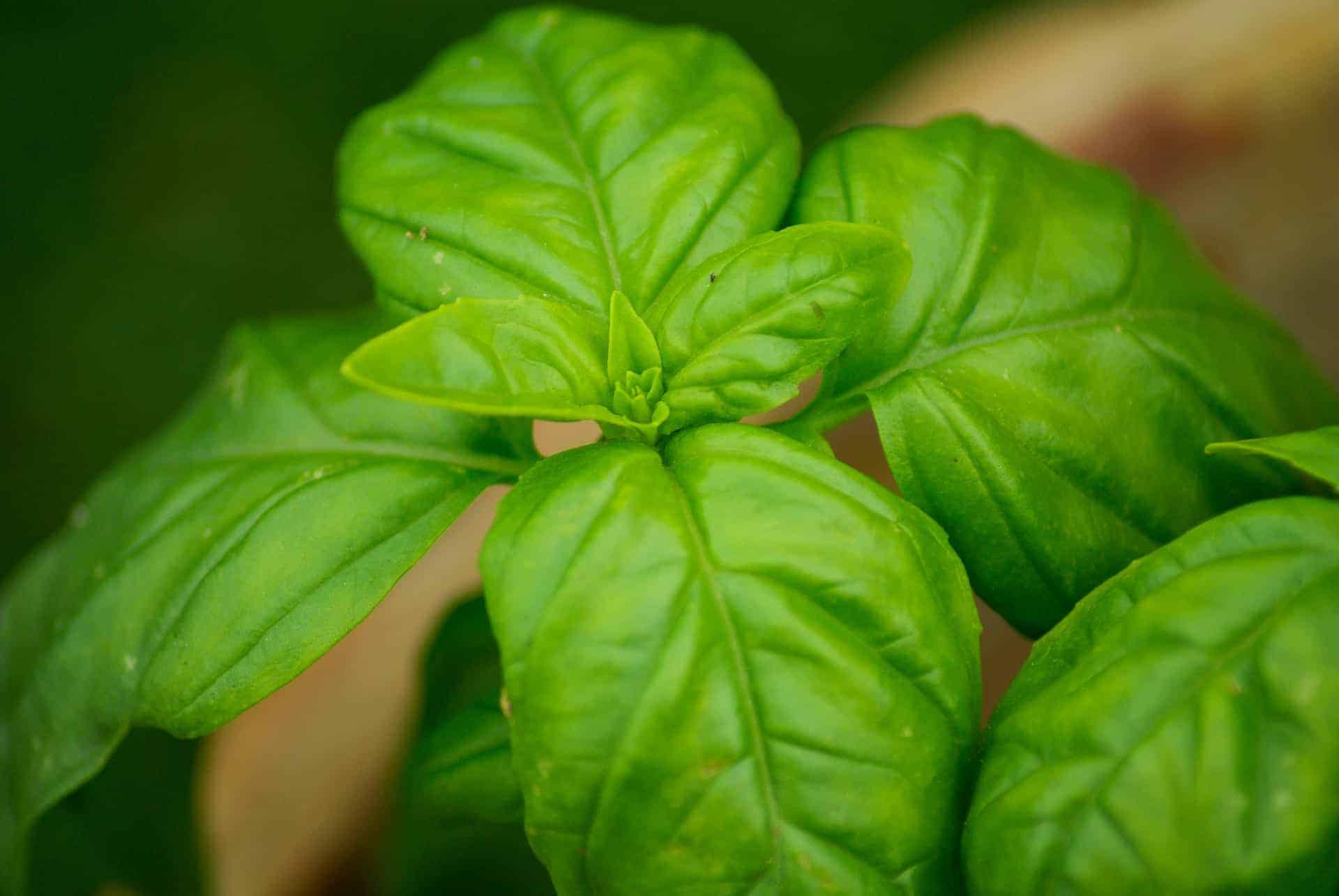Just a pinch can work wonders for your plants
Growing herbs, especially from seed, requires months of work before seeing results. By this time, you just want to let your plants grow, but then all at once they’ve gone to seed. Pruning and harvesting encourages fuller growth and a bigger yield.
Two important rules apply to harvesting most herbs. One: never pick more than one-third of a plant’s leaves at once. Two: let the plant recover before harvesting again. Beyond that, everyone has their own method, from selectively picking single leaves all over the plant to snapping off entire stems.
For herbs like basil, I like the following approach best. Locate a pair of new leaves on the main stem, several inches below the top of the plant. Pinch the plant just below these leaves but above the single mature leaf to promote new stems and double the plant’s effort. Harvest large mature leaves regularly to stimulate new growth. Use this method for mint and sage, too.
When you see a little tower like a corncob of tiny green leaves forming at the end of a stem, pinch it! Otherwise, it will flower. While basil blooms are deliciously intense, nipping them encourages the plant to create leaves rather than blossoms.
Harvest herbs like parsley, cilantro and chives when the leaves are six inches long. Always clip from the outside of the clump and cut about half an inch above the soil to encourage the plant to spread out.
Do not cut off entire mature stems with tarragon, thyme and rosemary. Instead, snip newer shoots of light green from all over the plant, leaving the woody parent stems behind to produce new growth. Remove individual leaves from the shoot by pinching the shoot and running your fingers down it like a zipper.
Pruning tomato plants isn’t necessary. You may choose not to prune your plants and still have a great crop. Tomatoes require only sun, water, and nutrients to grow. Pruning enhances production, creating more tomatoes, bigger tomatoes, and sweeter tomatoes.
Pinching the apical growth (the top of a tomato plant) will promote lateral growth, a more bushy plant, and flush new flower buds for better fruiting. However, there are two categories of tomatoes: determinate and indeterminate, and knowing which one to pinch back is important.
Determinate plants stop shoot production once flowers form. These plants tend to be roma, tumbler and bush varieties, and have a compact form with most fruit ripening at the same time. Indeterminate plants produce flowers along the side of the shoots but continue to grow up and out all summer. This form includes cherry, grape and beefsteak varieties, requires staking, and produces fruit until first frost.
Indeterminate varieties require pinching and lateral pruning. Pinch back the main stem tip before flowering begins. Prune the lateral branches that appear between the leaf and main stem or in the “crouch” as they appear.
Do not over prune in hot climates as too much sunlight or steady, intense sunlight can lead tomatoes to develop sunscald. Go easy on pruning determinate varieties. They can be pruned, but because they set the bulk of their fruit at one time, limit pruning to lower leaves and branches below the first flower cluster.
Header Image: Pinching or pruning your plants can help you get a better crop. Credit: Pixabay







